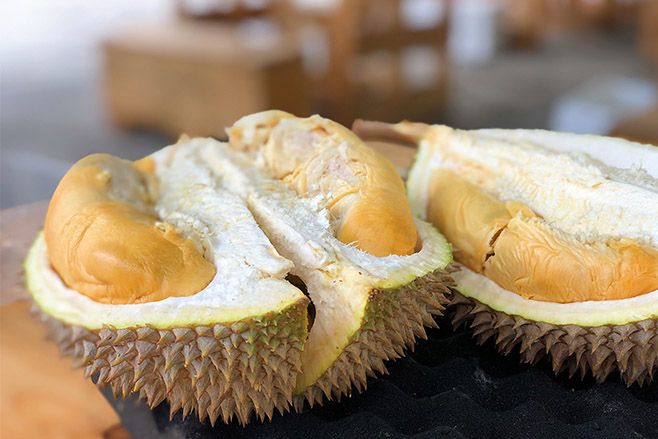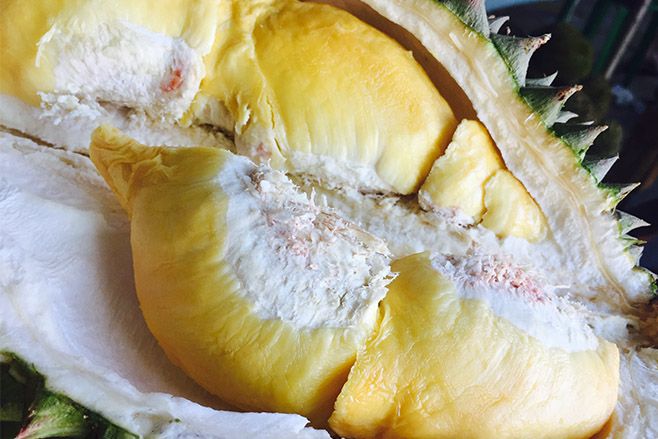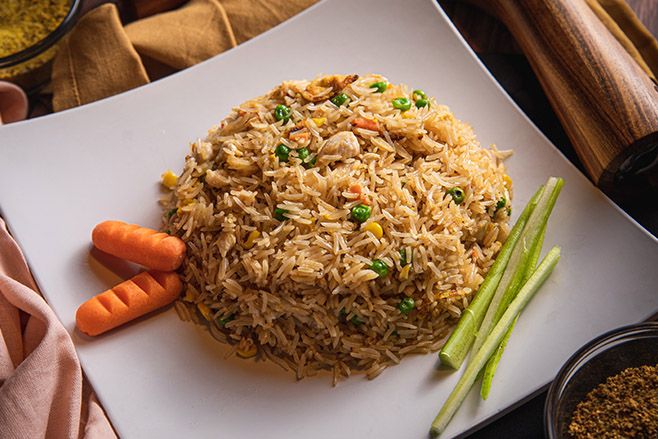You either hate it or love it—and if you are the latter, here are some fun facts about the decadent fruit which you probably didn't know about
Additional reporting by Amanda Goh
Durian season is finally upon us. The season usually takes place from June to early October and it is typically a fantastic time with sellers coming in from Malaysia with loads of durians to offer and restaurants and hotels boasting durian buffets and different sweet creations. Fortunately for us, the island is home to a variety of local durian sellers and cafes that offer decadent durian treats for us to get our fix. If you can't get enough of the king of fruits, keep reading to find out some facts about it that you probably did not know about.
Don't miss: The Best Durian Confections in Singapore
1. You know the durian is ripe once it falls from the tree

To know if a durian is ripe, you have to wait for it to fall from the tree. In fact, many farmers in the past used to sleep in their orchards just to hear the fruit drop. However, durians become increasingly costly and precious over the years. According to Tommy Lin, a durian enthusiast who organises local tours and tasting sessions, fruits are now not allowed to drop to the ground as it will hurt how high they can be priced.
"So now, farms install big nets underneath the trees where it is possible, others deploy workers to climb and tie the strings to the durians stem so that when it ripens, it gets detached and drops but will not hit the ground and damage the thorns," he said.
That said, not everyone would enjoy ripe durians.
Mark Ng, a food experience partner from tour company Simply Enak, said: "In Thailand, some of them prefer unripe fruit mainly to make into durian chips. Once it is ripe, the flesh is soft. So, to make it into chips, you need them to have a hard texture. So you harvest them when they are still on the tree."






